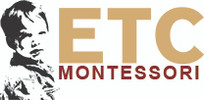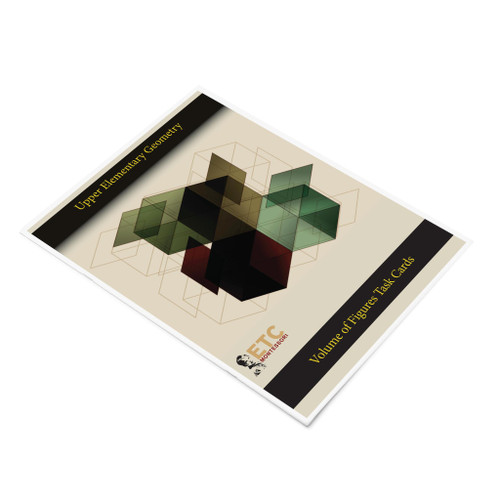Product Overview
Appropriate For use with the Secondary I Y2 C4 theme of Changes
Includes six books, thoughtfully designed to cater to both group dynamics and individual teacher guidance. Here's how our curriculum stands out:
-
Group-Centric Learning Approach: Five books are dedicated to group work, fostering a collaborative learning environment that is at the heart of Montessori middle school education. Each book is tailored to guide students through interactive and hands-on experiences, encouraging peer learning and discussion.
-
Core Concepts Exploration: Our curriculum delves into key aspects of transformational geometry:
- Congruence of Corresponding Parts: Students learn to identify and understand the congruence in different geometric figures.
- Defining Corresponding Parts of a Figure: This concept is broken down to aid students in recognizing and labeling various parts of geometric figures.
- Isometry: An exploration into the properties of figures that remain invariant under isometry.
- Translation Presented through engaging activities.
- Reflection Presented through project learning activities incorporating and encouraging inquiry learning.
- Rotation: Presented through engaging activities that encourage hands-on learning.
- Dilation: Students explore the concept of resizing figures while maintaining their shape.
- Introduction to Geometric Proofs: A beginner-friendly approach to understanding the basics of geometric proofs, laying a foundation for advanced studies.
-
Integrated Learning Tools:
- Guiding Questions: Each topic is accompanied by guiding questions, formulated to provoke thought and deepen understanding.
- Vocabulary Development: Key terms and concepts are highlighted, aiding in the development of a robust mathematical vocabulary.
- Answer Key: For self-assessment and teacher facilitation, an answer key is provided at the end of each student activity book to ensure clarity and correctness in understanding.
Our curriculum is designed using a project learning approach with real-world applications. It aligns perfectly with the Montessori philosophy of self-directed learning, encouraging students to explore, question, and understand the world of geometry in a structured yet flexible manner.












